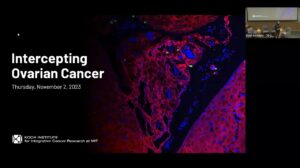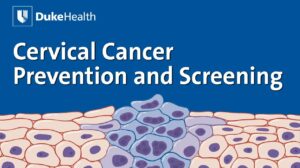NEW YORK (Reuters Health) – Menses and ovulation are more likely to resume spontaneously after chemotherapy if women also receive a gonadotropin-releasing hormone (GnRH) analog – but pregnancy rates don’t improve, a meta-analysis shows.
While cryopreservation of embryos, unfertilized eggs or whole tissue may help preserve fertility after gonadotoxic therapy, these options are expensive, may dangerously delay treatment, and are not available everywhere.
Another alternative is ovarian suppression with a GnRH analog, but studies of this technique have yielded mixed results.
Senior author Dr. Tommaso Falcone, from the Cleveland Clinic Foundation in Ohio, and his associates searched the literature manually and electronically to identify randomized controlled trials comparing GnRH cotreatment with chemotherapy alone in premenopausal women. Their findings appear in the December 10th online issue of Fertility and Sterility.
The six trials included in their meta-analysis included 173 women randomly assigned to GnRH analog plus chemotherapy, and 167 randomized to chemotherapy alone. Conditions being treated were Hodgkin disease, ovarian malignancy, and breast cancer. GnRH analogs included buserelin, diphereline, triptorelin, and goserelin.
The authors note that the trials did not include information on premature ovarian failure, the primary outcome.
All six trials reported the incidence of spontaneous menstruation, which significantly favored GnRH: 99/173 (57%) in the GnRH group vs 59 of 167 (35%) in the control group, odds ratio 3.46.
The authors saw a similar pattern in the two trials that reported incidence of spontaneous ovulation: 29/48 (60%) vs 11/50 (22%), respectively; OR 5.70.
However, three trials showed low spontaneous pregnancy rates that did not differ significantly between groups: 1/52 (2%) with GnRH vs 4/55 (7%) with chemotherapy alone.
Still, Dr. Falcone’s team maintains that GnRH agonist cotreatment with chemotherapy “may be beneficial in preserving future fertility.” It has the additional advantage of suppressing menstruation, thereby reversing menorrhagia-associated anemia.
They point out that roughly one in 49 women develop cancer during their reproductive years, but that almost 70% now survive for at least 5 years, so the issue of child-bearing potential is particularly relevant.
“In the future,” they conclude, “more well-designed, powered, and reported trials are needed to address all possible outcomes and strengthen the body of evidence
Reference:
Gonadotropin-releasing hormone analog cotreatment for preservation of ovarian function during gonadotoxic chemotherapy: a systematic review and meta-analysis
Fertil Steril 2010.




